Bright Energy - Biluochun Green Tea
From $10.00
Biluochun Green Tea – A Mindful Journey in Every Sip | Organic Spring Spiral Tea for Calm, Focus & Natural Vitality
This tea is more than a drink—it’s a ritual of mindfulness. The subtle floral aroma and smooth, slightly sweet taste invite you to pause, breathe, and reconnect with the present moment.
Origin and Craftsmanship
Biluochun green tea, produced in Dongting Mountain near Taihu Lake in China, has enjoyed a renowned reputation since the Tang Dynasty. Its name means "emerald green, spiral-shaped spring tea." The tea's delicate, hand-picked buds and leaves are gently withered and rolled into a spiral shape, resulting in an elegant aroma and refreshing, mellow flavor.
For consumers, it's more than just a cup of tea; it's a healthy, refreshing lifestyle and a mindful ritual.
Functions, Effects, and Uses
Gentle Refreshment & Steady Focus
Contains theanine and a moderate amount of caffeine, providing steady energy and helping to enhance focus and concentration, making it a gentle alternative to coffee in the morning or while working or studying.
Antioxidant & Metabolic Support
Rich in tea polyphenols and catechins, it helps neutralize free radicals, supports cardiovascular health, boosts immunity, and promotes metabolism.
Stress Relief & Mindful Relaxation
Theanine helps relieve tension. Brewing a cup of Biluochun tea during meditation, yoga, or journaling can help you enter a state of relaxation and balance. Refreshing & Low-Calorie
Zero sugar, zero fat, and a refreshing aroma, perfect for those embracing clean eating, wellness lifestyles, and weight management.
Cultural Convergence
Coffee Alternative: Offers a new option for professionals and students seeking a milder caffeine alternative and reduced caffeine anxiety.
Superfood Beverage: Highlights antioxidant and immune-boosting properties, embracing the superfood trend.
Mindful Ritual: The brewing and drinking process becomes a spiritual ritual, reminiscent of meditation, yoga, and journaling.
Clean and Natural: 100% natural and additive-free, aligning with clean living and sustainable consumption philosophies.
How to Enjoy
Morning Awakening: A gentle alternative to coffee, enhancing clarity and focus.
Study/Work: Maintaining sustained focus and emotional stability.
Yoga/Meditation: Helping you relax and reach a peaceful state more quickly.
Afternoon Refresher: Restores calm and vitality amidst fatigue and stress.
Recommended for
Those seeking coffee alternatives
Consumers of health-conscious and functional beverages
Yoga, meditation, and mindfulness enthusiasts
Modern office workers seeking stress relief and improved focus
As the spiral tea leaves unfurl in the hot water, you focus on observing, breathing, and savoring the tea. This moment is the purest experience of the present moment.
Every cup of Biluochun is more than just green tea; it's a miniature mindfulness practice.
China’s tea culture has a long and profound history, blending philosophy, art, etiquette, and lifestyle. The wisdom within the way of tea is vast—something we can spend a lifetime learning, experiencing, and practicing.
The art of tea is also the art of the heart. In truth, the process of making tea itself is a gentle form of meditation. Each time we brew and taste tea, we are given the chance to practice focus, cultivate mindfulness, and find inner peace. When we lift the teapot, pour the water, serve the infusion, and share the tea, our full attention rests on each delicate movement. In that moment, we are free from tomorrow’s work, the trivialities of daily life, regrets of the past, or uncertainties of the future.
At that very instant, we live wholly and purely in the present, honoring the here and now. You may notice the sound of water becoming clearer, the fragrance of tea more vivid and layered. Brewing tea is no longer just a mechanical act—it becomes a heartfelt communion with tea, allowing the spirit to find its resting place in the present.
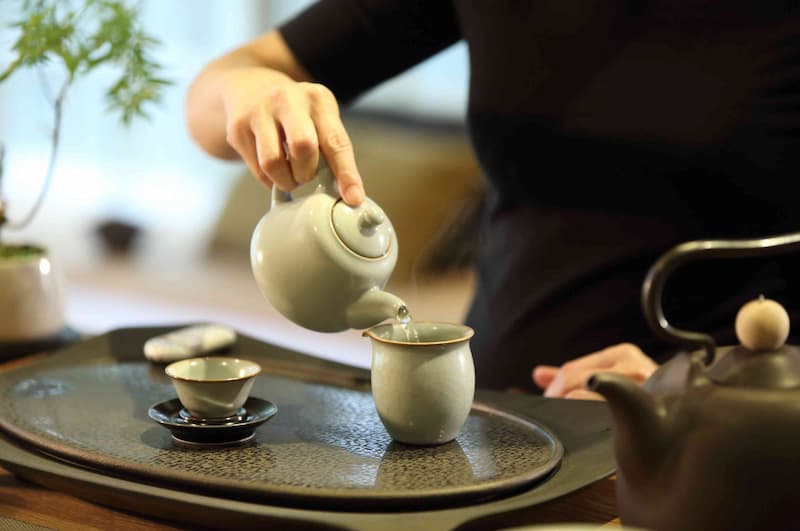
How to Brew a Good Cup of Tea
A fine cup of tea requires not only quality leaves but also skill in brewing. If you feel that your tea-making has not improved, it may be due to overlooked details. The following guidance will help you quickly enhance your tea-brewing technique.
Step 1: Choosing the Teaware
Selecting the right teaware is the foundation of brewing good tea. Different materials include porcelain, clay, Yixing (purple clay), and glass; different shapes include small teapots, large teapots, gaiwan (lidded bowls), and cups. Here are recommendations:
Green Tea & Yellow Tea: Glass Cups
Glass cups showcase the beauty of tea leaves unfurling in water. Most green and yellow teas are delicate and cannot withstand high heat, so avoid teapots with strong heat retention like Yixing clay.
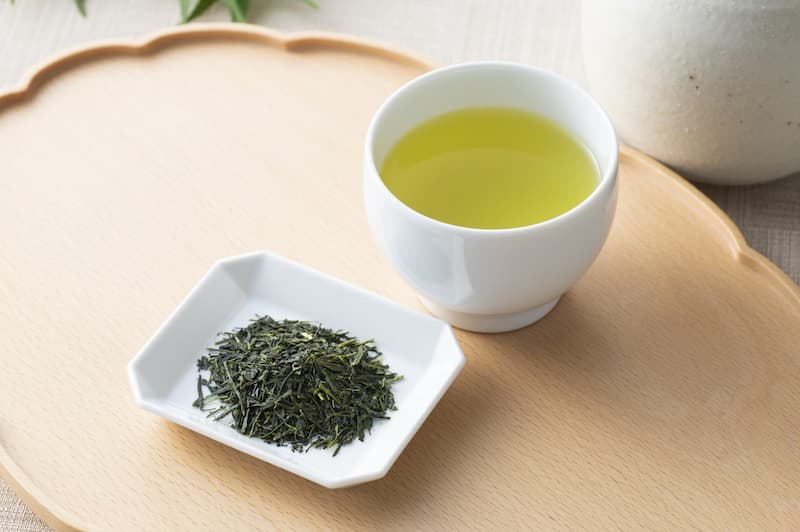
Black Tea: White Porcelain Gaiwan
Black tea should not be brewed with boiling water. A wide porcelain gaiwan dissipates heat quickly, allowing better control of steeping time. Keep the lid open after brewing to avoid sourness. A porcelain gaiwan also highlights the color of the tea.
Oolong Tea: Gongfu Teaware
Gongfu-style brewing, traditional in Fujian and Guangdong, brings out the tea’s aroma and flavor complexity. Small Yixing teapots or gaiwans are preferred for appreciating fragrance and subtle taste layers.
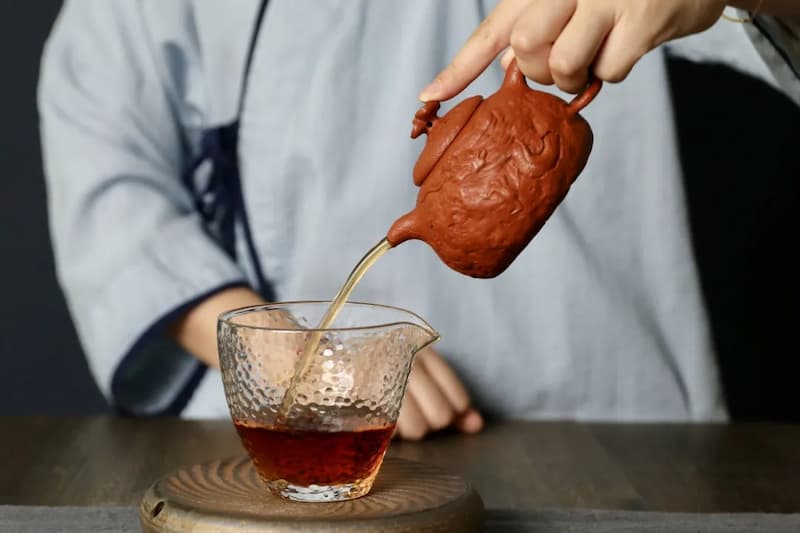
Dark Tea (Hei Cha): Yixing Clay Teapot
The porous structure of Yixing clay improves air circulation and refines the depth and rhythm of dark tea, softening any storage odors.
White Tea: Gaiwan or Brewing Pot
Silver Needle and White Peony require lower water temperatures and quick heat dissipation, best brewed in a gaiwan. Aged Shoumei or old white tea is more suitable for slow simmering in a small pot, enhancing its jujube and medicinal aromas.

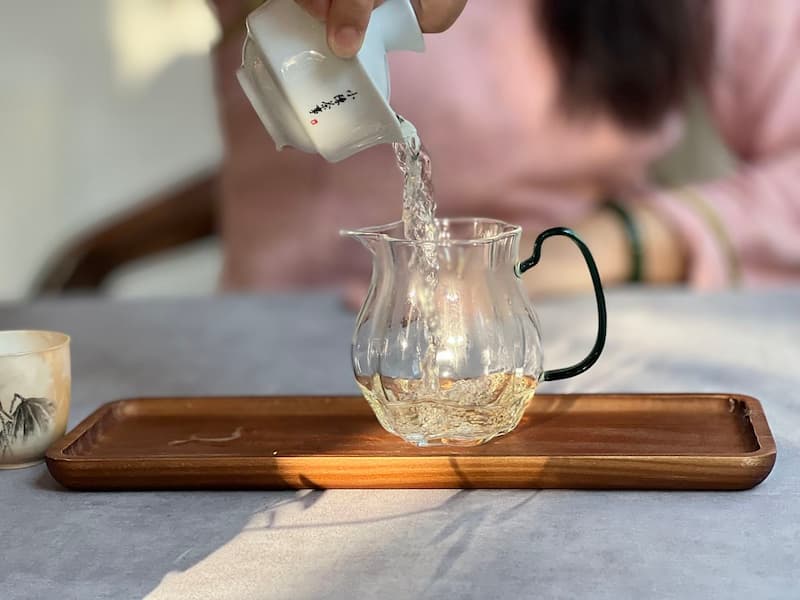
Pu-erh Tea: Gaiwan or Yixing Teapot
For raw or ripe Pu-erh, a porcelain gaiwan reveals delicate flavors. Aged Pu-erh, however, benefits from Yixing teapots that mellow storage odors and make the liquor smoother.
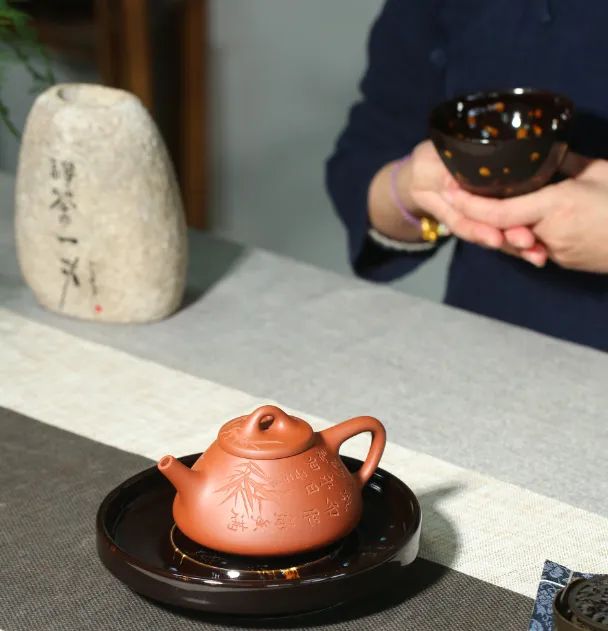
Step 2: Preparing Water
Water quality greatly affects tea:
Purified water, mineral water, or filtered water are best. Tap water, being harder and sometimes chlorinated, can alter the taste.
Boiling water properly:
Always boil water to 100°C before cooling to the desired brewing temperature. Tang Dynasty tea master Lu Yu described three boiling stages:
1、Fish eyes forming with light sound.
2、Bubbling like spring pearls along the edges.
3、Rolling waves, surging and roaring.
Ideally, water should be taken off the boil at the second or just into the third stage for best vitality. Overboiling reduces oxygen, weakening the taste.
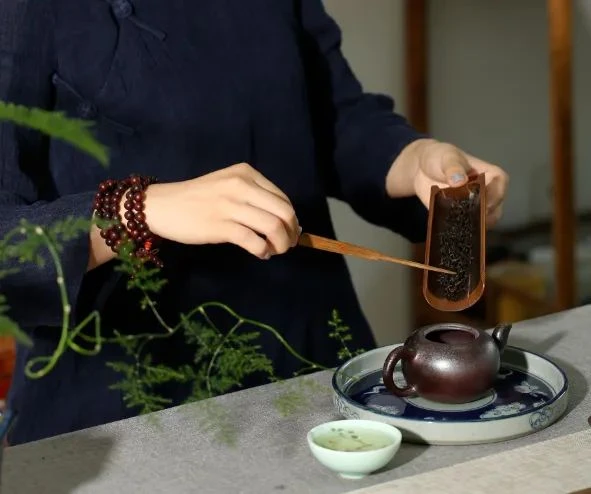
Recommended water temperatures by tea type:
1、Green & Yellow Tea: 80–90°C
2、Black Tea: Small-leaf 80–90°C; Large-leaf 90–95°C
3、Oolong, Pu-erh, Dark Tea: 100°C
4、White Tea: Tender types 80–90°C; Aged white tea 100°C
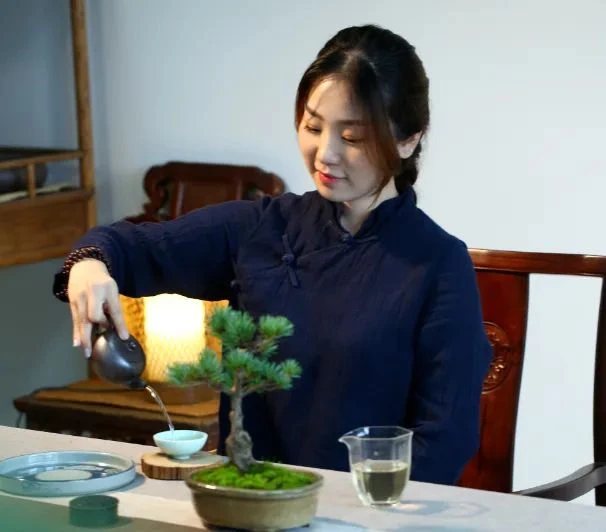
Step 3: Brewing the Tea
Measuring the Tea:Place an appropriate amount of tea into a tea holder to observe its shape and aroma before brewing.
Warming the Teaware:Pour boiling water into the pot or gaiwan, then into a fairness pitcher, then into cups. This prepares the teaware and helps release the tea’s fragrance when leaves are added.
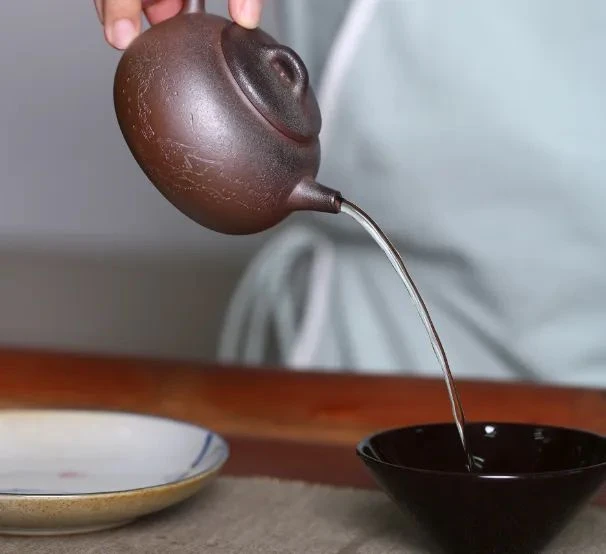
Awakening the Tea:Quickly rinse the leaves with hot water (around 90°C). This softens and opens the leaves while washing away dust. Do not use boiling water, which can extract too much flavor.
Steeping:Adjust the steeping time based on tea type and your preference, gradually lengthening the time with each infusion. For teas that should not be brewed with boiling water, let the water cool in the fairness pitcher before use.
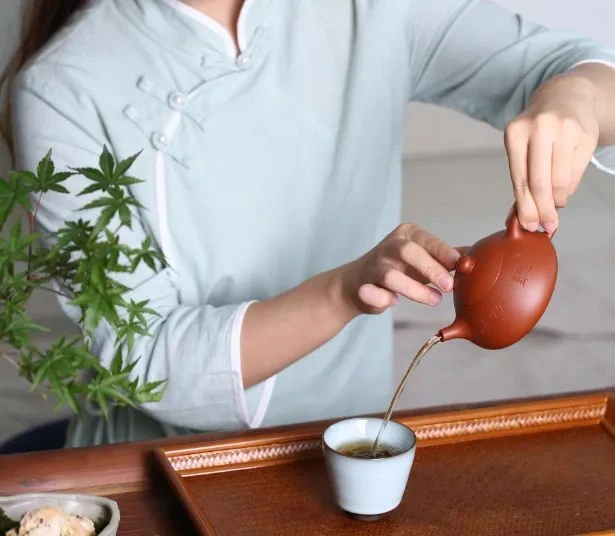
Brewing tea is not about rigid correctness—different people and methods bring out different nuances. By learning the basics, practicing with care, and brewing with mindfulness, you will always be able to enjoy a good cup of tea.
You must be logged in to post a review.
Free Shipping Over $90
Fast Guaranteed Delivery
Easy Returns & Exchanges
60,000 happy customers
Related Products
Enshi Selenium Green Tea – Antioxidant Power & Mindful Calm
From $25.00Live Lightly - Mullein Leaf Tea Bags
From $30.00Organic Artisan Green Tea for Mindful Living & Natural Energy
From $38.00Organic hibiscus tea
From $38.00FAQs
Please read our Shipping and Returns page to find out more.
Tenmoku glazes have high iron-content, creating rich colors and shiny surfaces. When fired, the iron forms patterns like oil spots or streaks, giving each piece a unique look.
Yes, they are 100% food safe.
As the clay comes from the ground, there is no guarantee that the wares are 100% free of lead. It's less than 0.01%. It' safe to use. The fluxing agent for the glaze is natural iron ore and wood ash, not a bit of lead was used in the process.
Yes, we do ship worldwide. United States, Canada, France, Belgium, Germany, Netherlands, Switzerland, United Kingdom, Ireland, Iceland Spain, Portugal, Denmark, Finland, Norway, Sweden, Slovenia Poland, Hungary, Austria, Czech Republic, Israel, Japan, South Korea, Vietnam, Singapore, Malaysia, Thailand, Philippines, Indonesia, Australia, New Zealand, Italy, Brazil, Chile, South Africa, UAE, Kuwait, Saudi Arabia, Lebanon.
If you are not happy with it, you can send it back within 30 days for an exchange or refund. No question asked.
ONLINE SUPPORT
24/7 Email & If you have any questions, please feel free to contact us for answers.

FREE SHIPPING
Mockito official website offers free shipping on all orders over $90.

FAST SHIPPING
Express tracked shipping using DHL or similar internationally recognised courier service.

ONLINE SUPPORT
24/7 Email & If you have any questions, please feel free to contact us for answers.

100% PRODUCT SATISFACTION
We take pride in our work and guarantee you 100% product satisfaction.
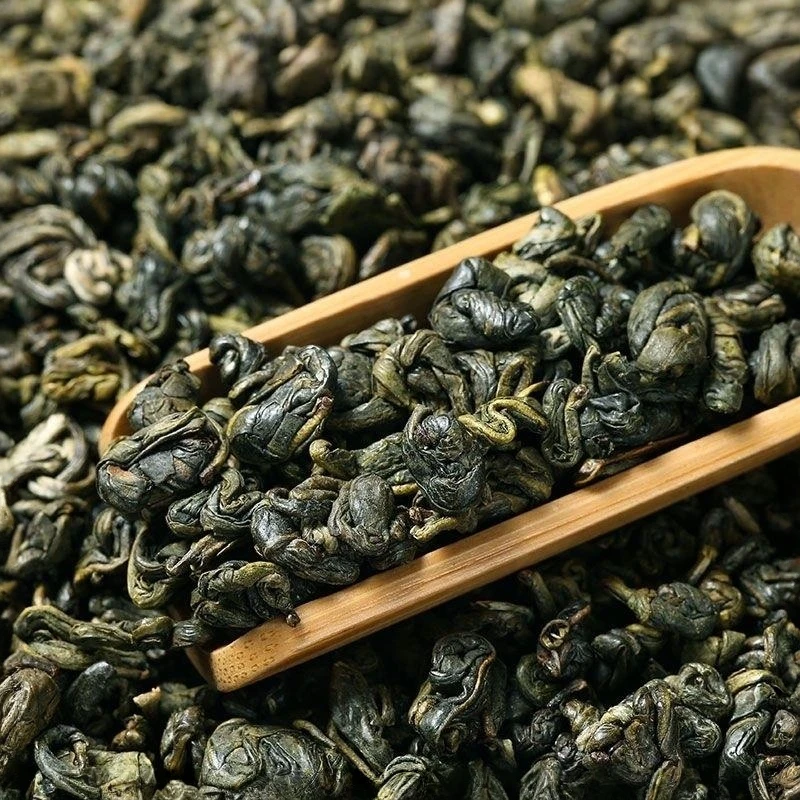
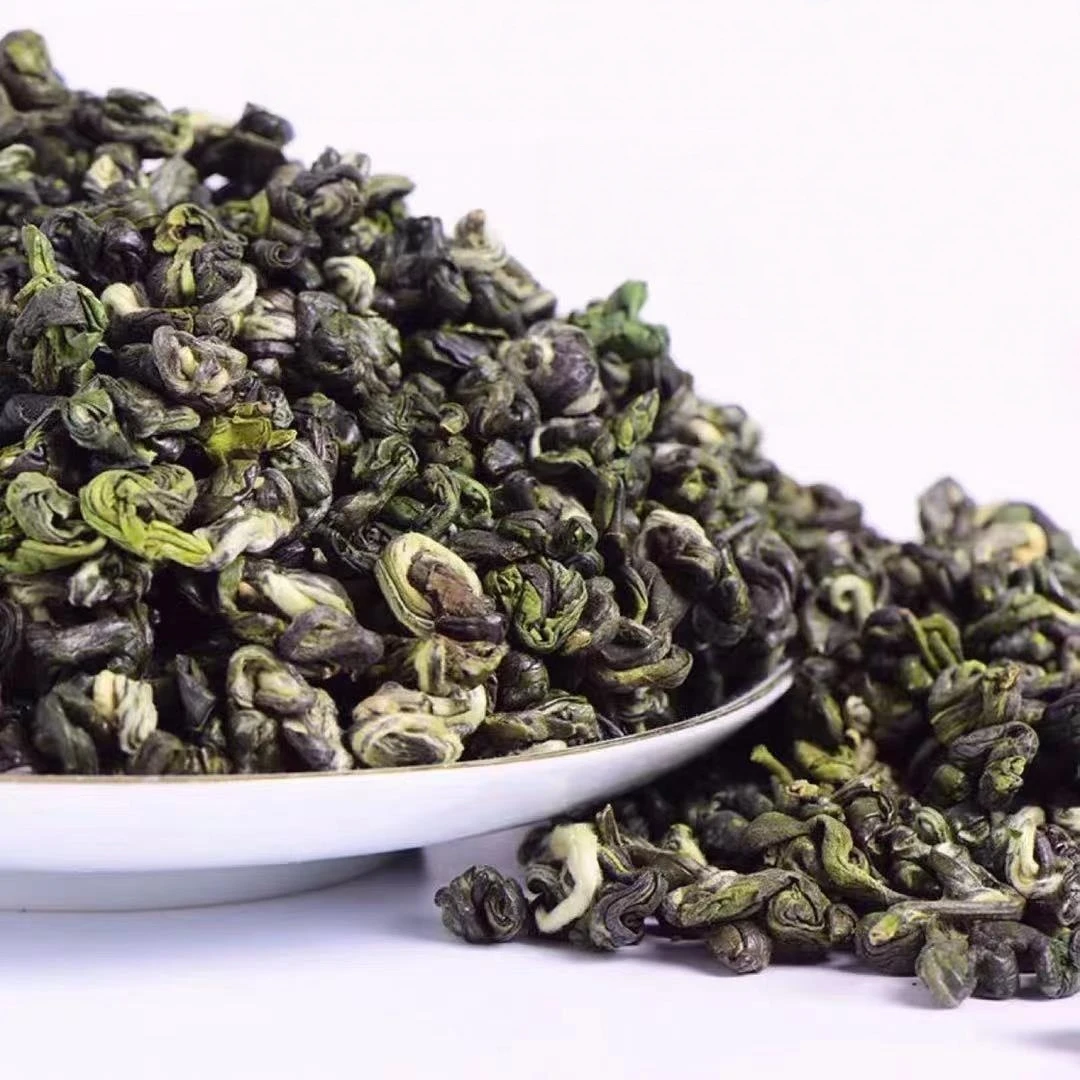
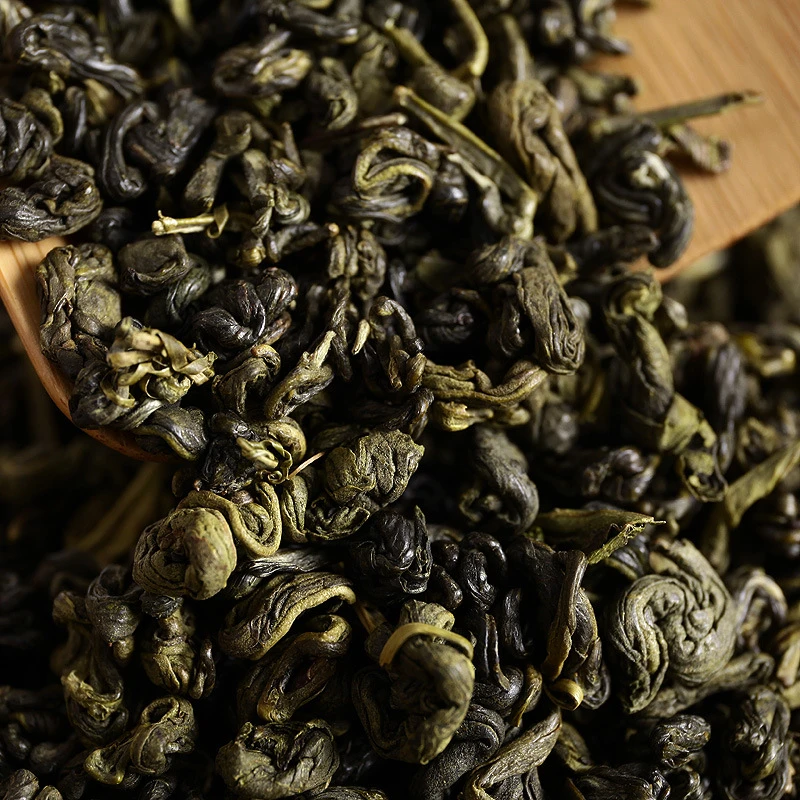
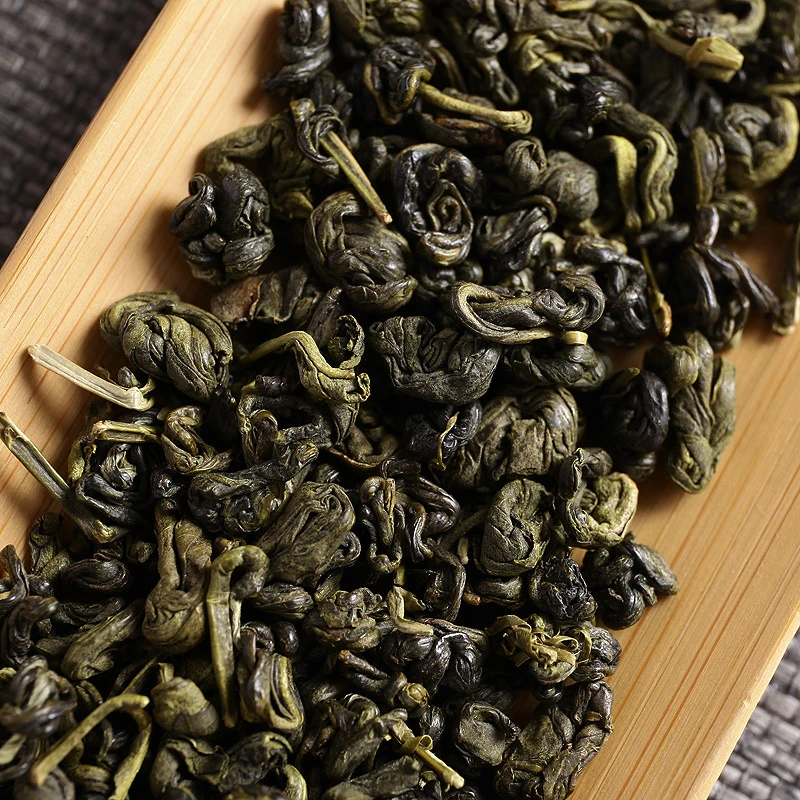
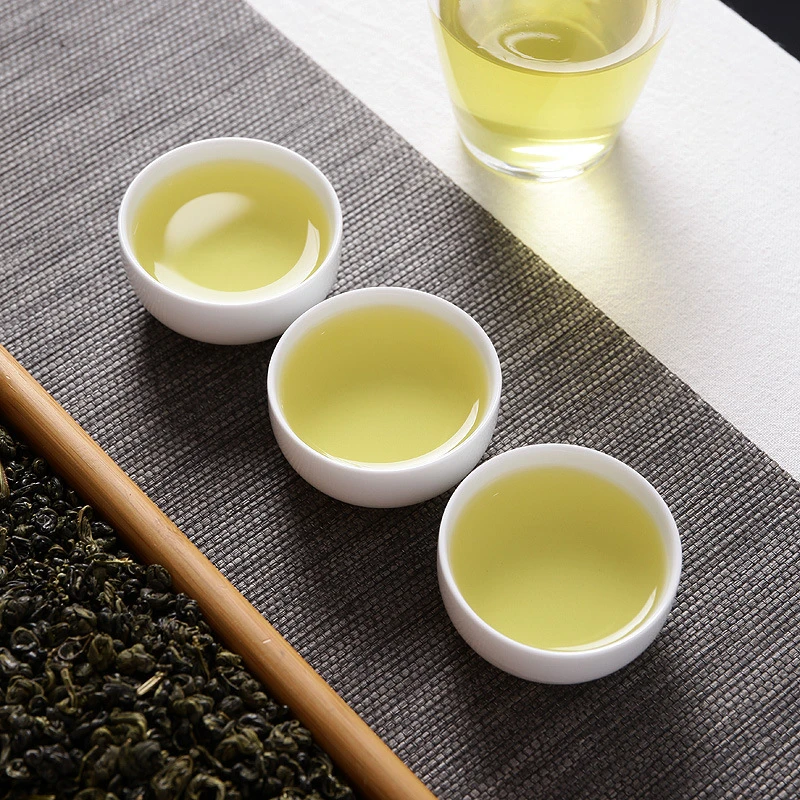
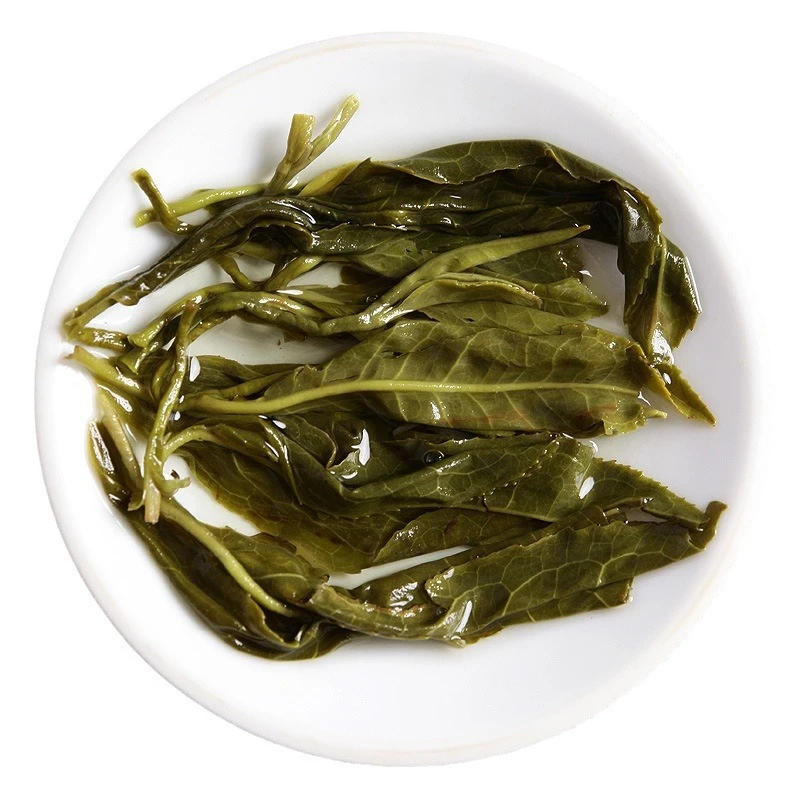
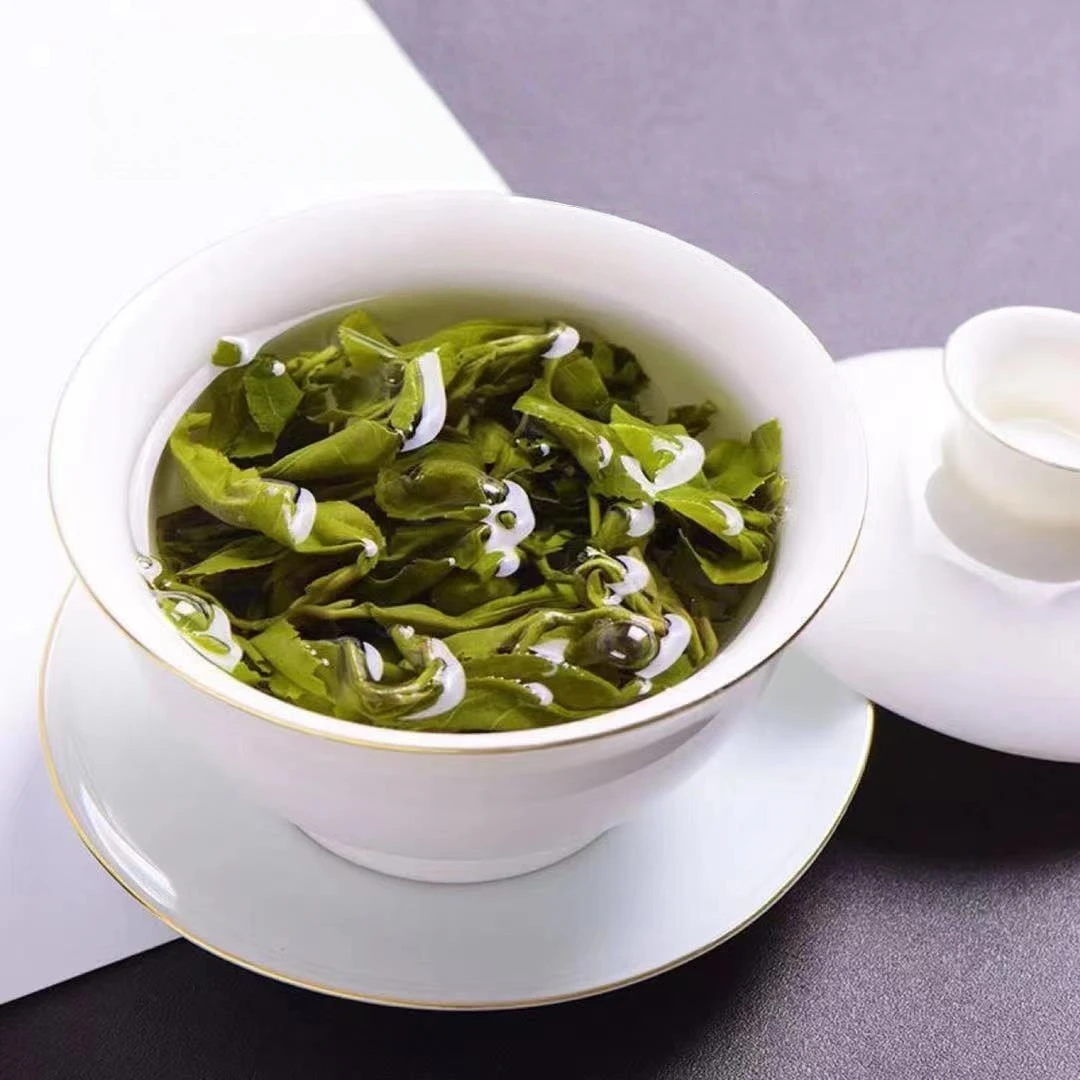







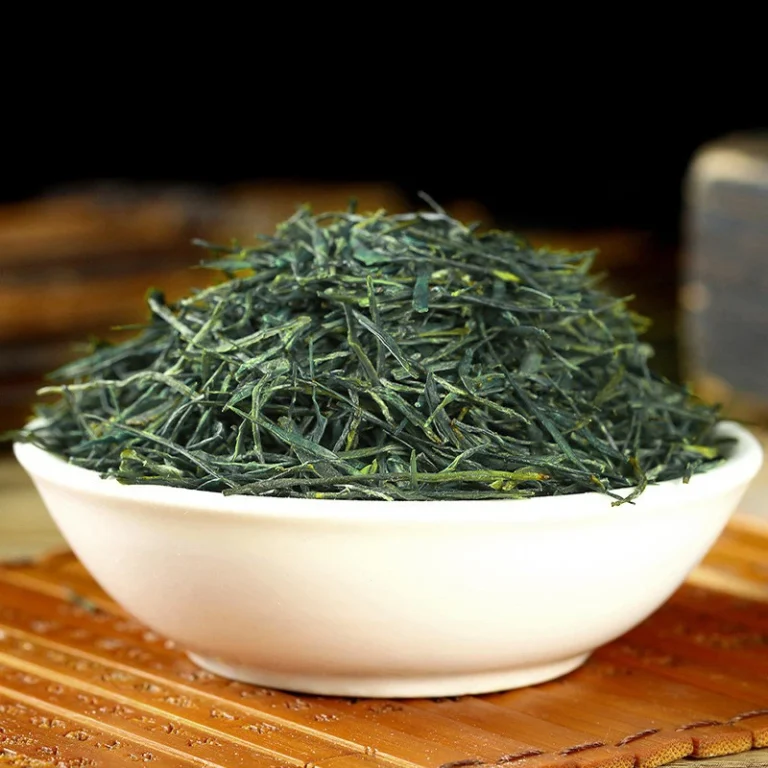
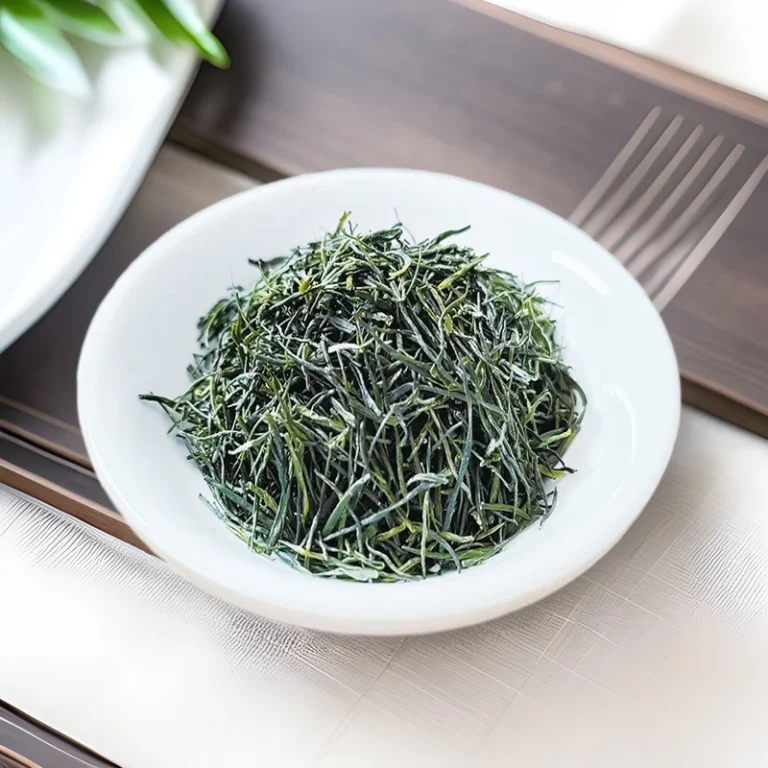
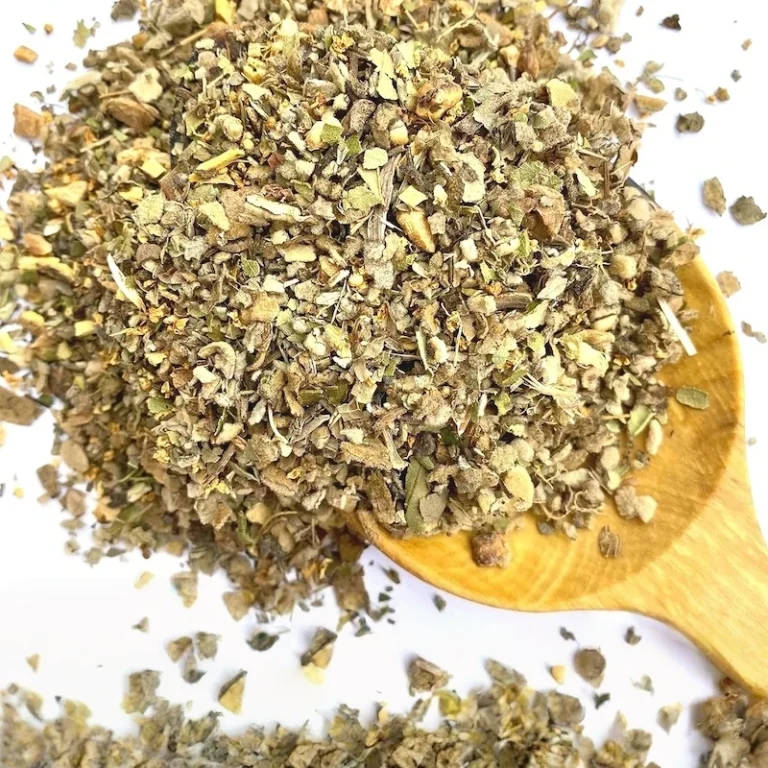
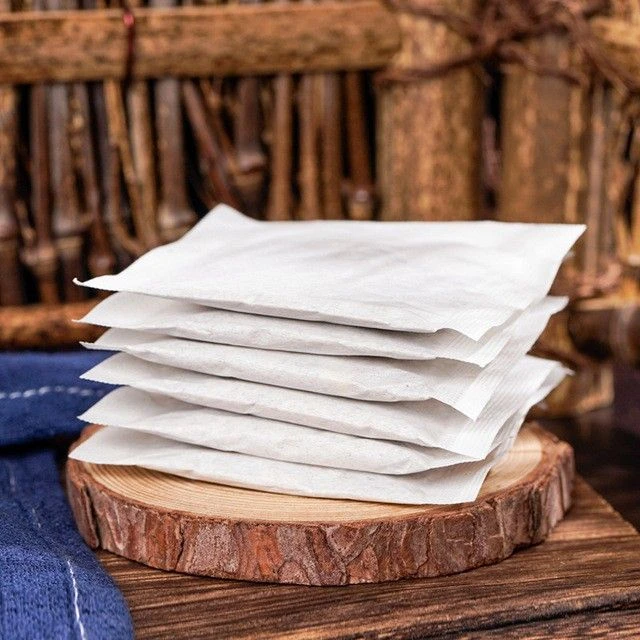


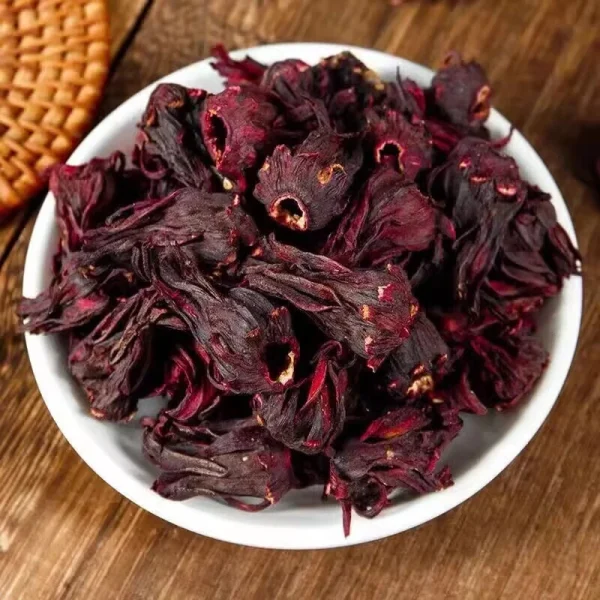

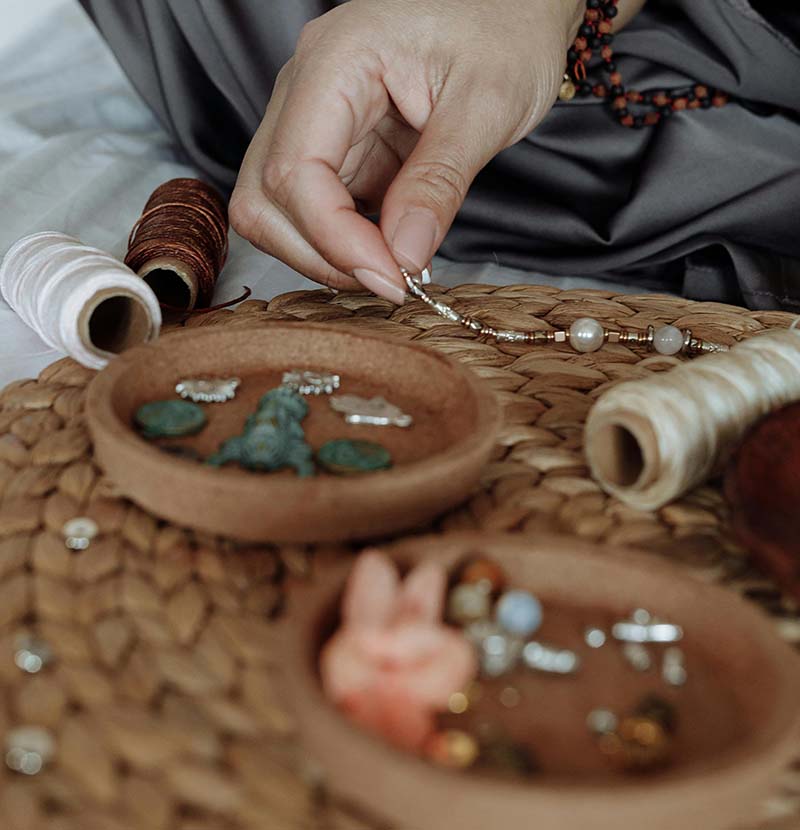
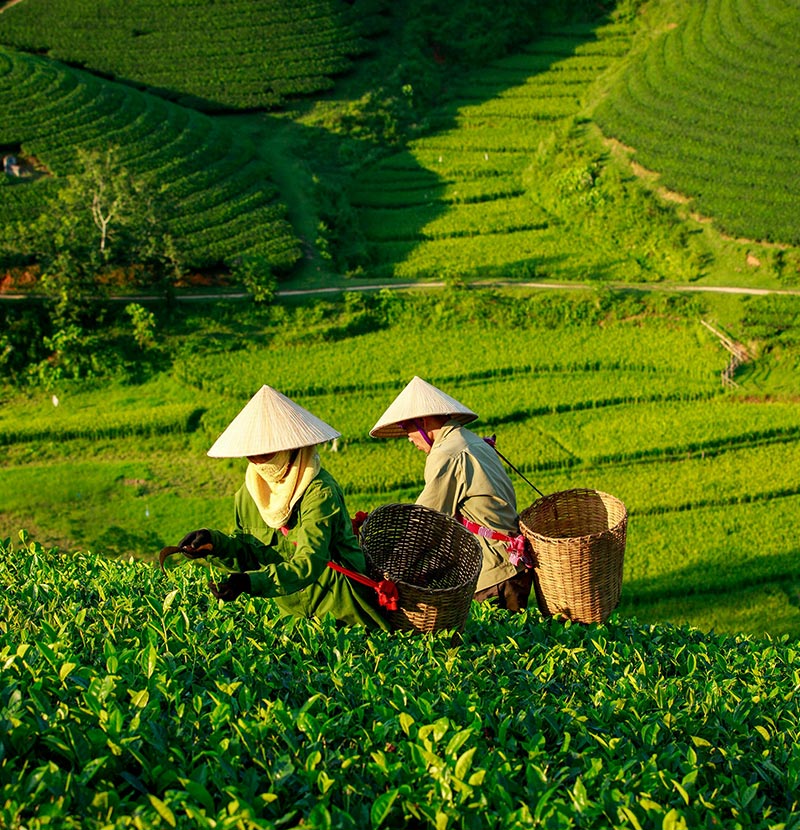
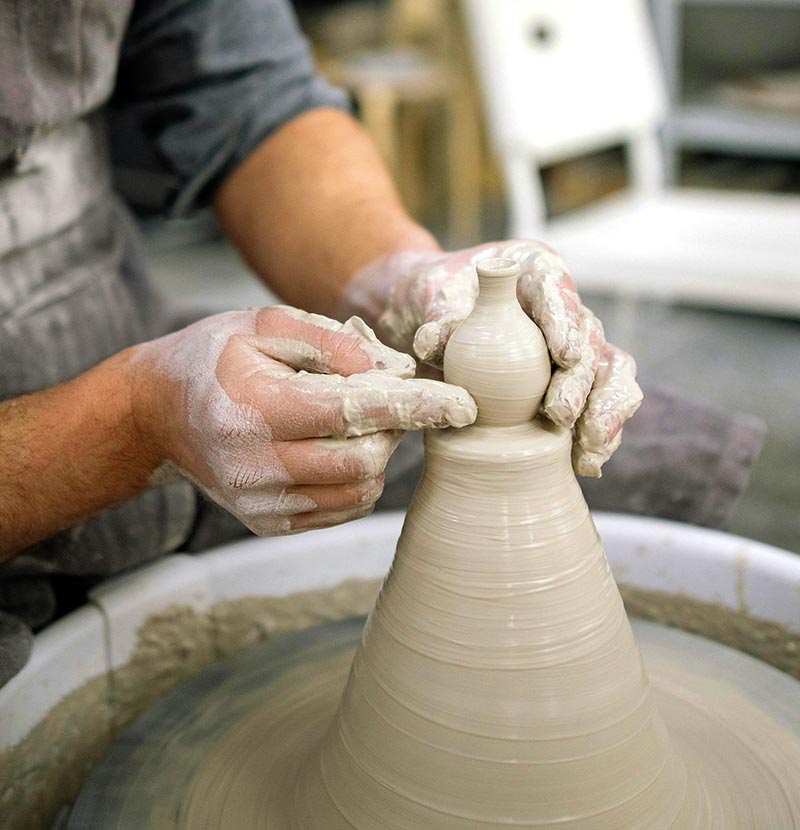
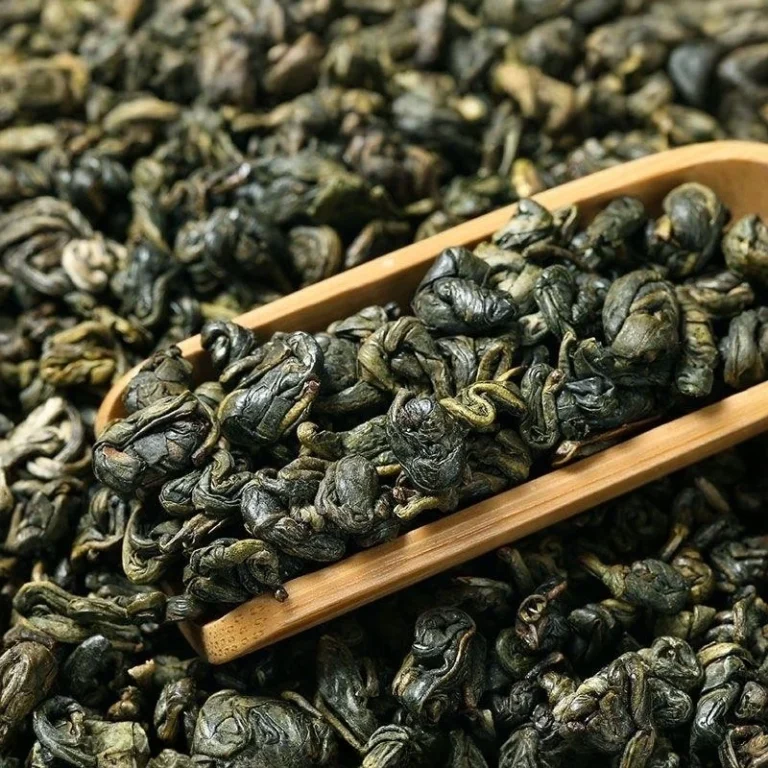
Reviews
There are no reviews yet.